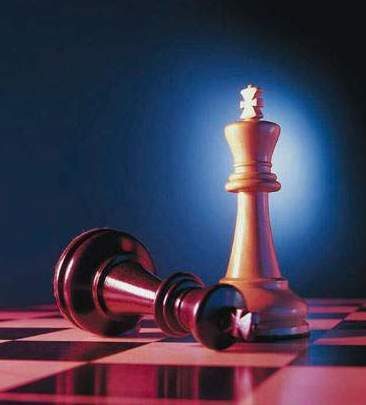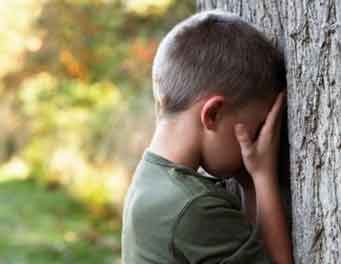 The spinal column is one of the most important structures in the organism of many living beings, especially that of the human being. This osteofibrocartilaginous structure is composed of several elements and has an elongated shape and slightly curved in some sections. It is located in the back of the body and serves as a support for the rest of the skeleton, as well as being responsible for containing the information that the neurological system needs regarding the mobility of the limbs and other parts of the body.
The spinal column is one of the most important structures in the organism of many living beings, especially that of the human being. This osteofibrocartilaginous structure is composed of several elements and has an elongated shape and slightly curved in some sections. It is located in the back of the body and serves as a support for the rest of the skeleton, as well as being responsible for containing the information that the neurological system needs regarding the mobility of the limbs and other parts of the body.
The main objective of the spinal column is to support the rest of the skeleton and also has the very important protection function of the spinal cord that runs through the interior of the vertebrae and where the information related to the mobility of the body lies. On the other hand, the spinal column is what maintains, within this support function, the organism in relation to its center of gravity, preventing the organism from falling and disarming or losing shape. In the case of humans, the only permanently bipedal mammal, the vertebral column is in a vertical position, in the back of the body, while in other vertebrates, it is usually located horizontally in the area of the back. of the animal.
The spinal column, as its name implies, is made up of vertebrae. These are small bony formations of irregular shape that are located in a staggered and concatenated way with each other, within which the spinal cord is located, which is responsible for the movements of a large part of the body. In the case of the human spine, we must speak of a sum of 33 vertebrae that are divided into five regions according to their location: cervical region (in the neck area), dorsal region (the longest of all, with 12 vertebrae, in the back area), lumbar region (in the lower back area), sacral region (in the pelvis area) and finally the coccygeal region (where the coccyx bone is located).
Proper care of the spine is of utmost importance since possible injuries in the region can mean very serious alterations to the mobility of the person. Some of the most common injuries are inadequate curvatures of the spine that can cause muscle pain or loss of mobility in the limbs, impingement or crushing of the vertebrae, rupture of the vertebrae, loss or damage of the spinal cord, etc. In the most serious cases, these injuries can mean total or partial paralysis of the limbs and lifelong difficulties due to the delicacy of the area and its difficult recovery.









